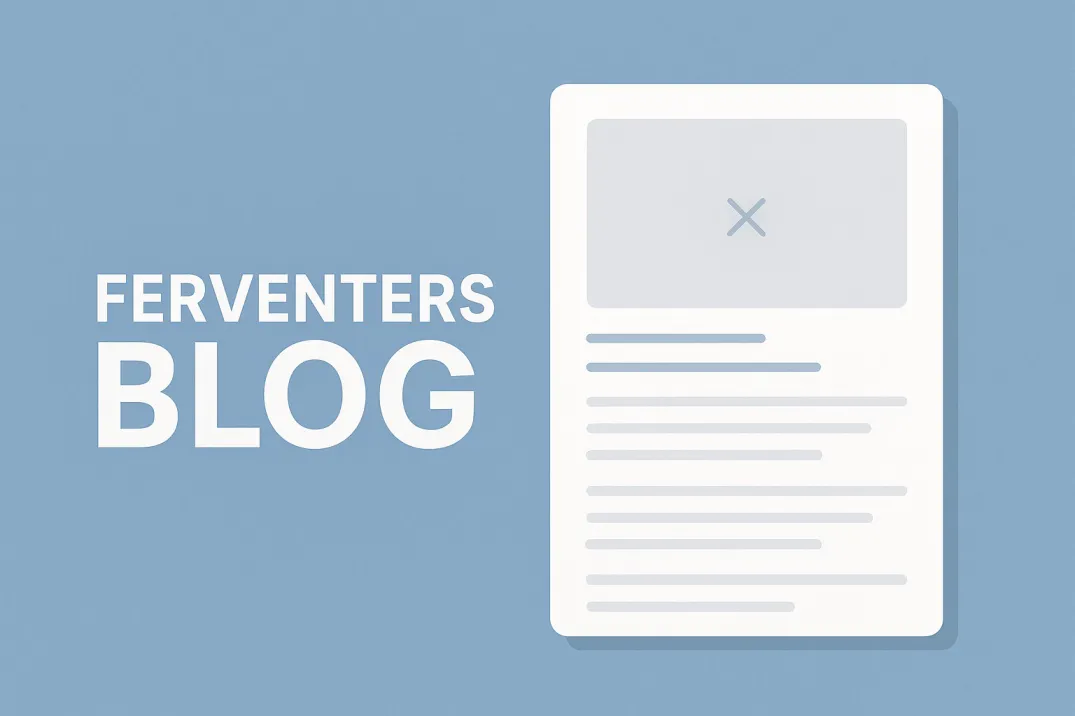Search is shifting from link lists to answer experiences. Independent tracking shows AI Overviews appeared in 13.14% of U.S. desktop queries in March 2025, up from 6.49% in January. That is a meaningful change in how information is surfaced, and it affects both visibility and click behavior. See the analysis in the Semrush AI Overviews study and Search Engine Land's coverage.
At the same time, discovery is increasingly multimodal. Google reports 20+ billion visual searches each month via Lens, and notes that a substantial share of those have commercial intent. See Think with Google on Lens for the latest usage and product direction.
For readers who want foundational context before diving into trends, you can start with Ferventers' primer What Is AI SEO? Your Simple 2025 Guide, then come back here for a forward-looking playbook.


